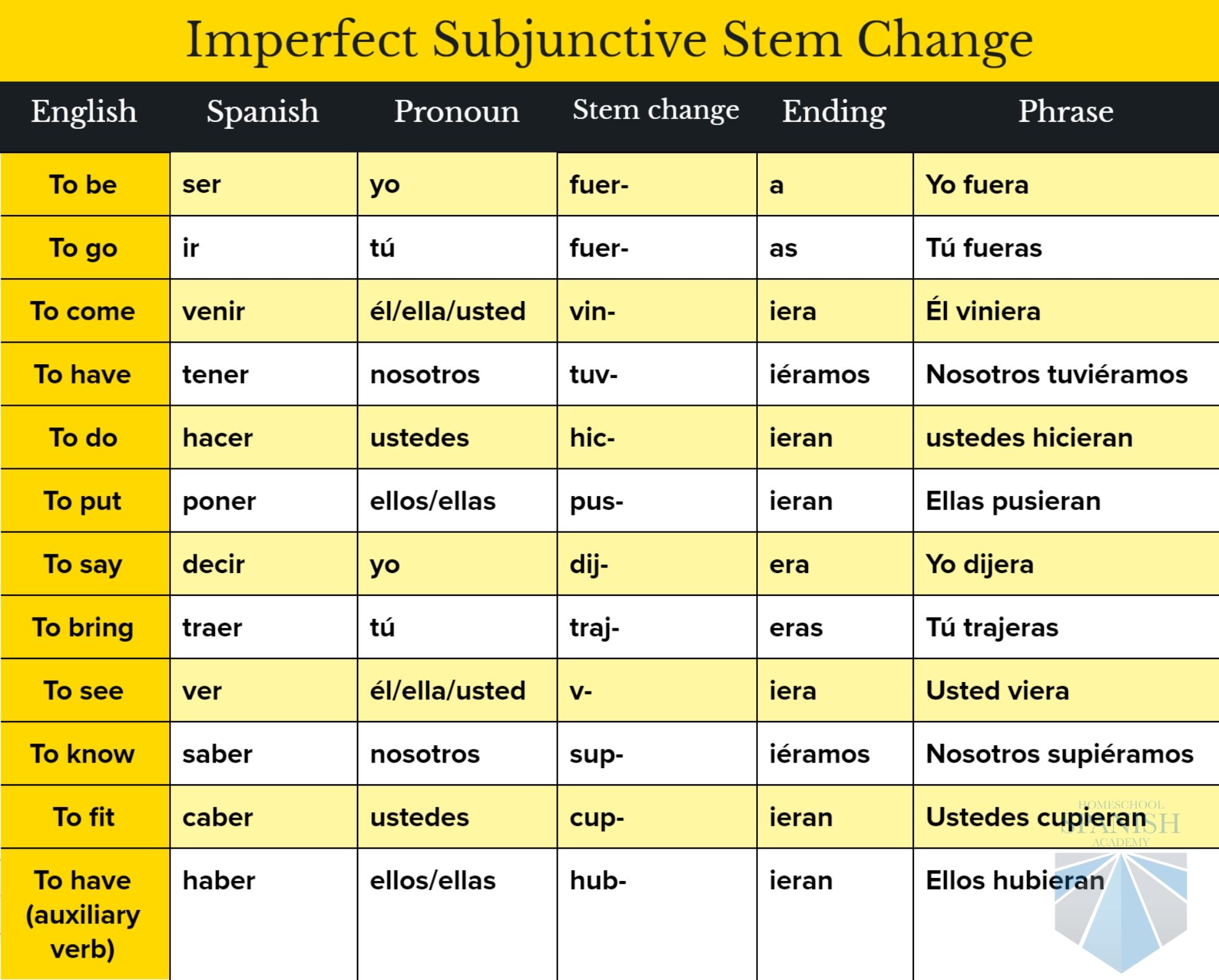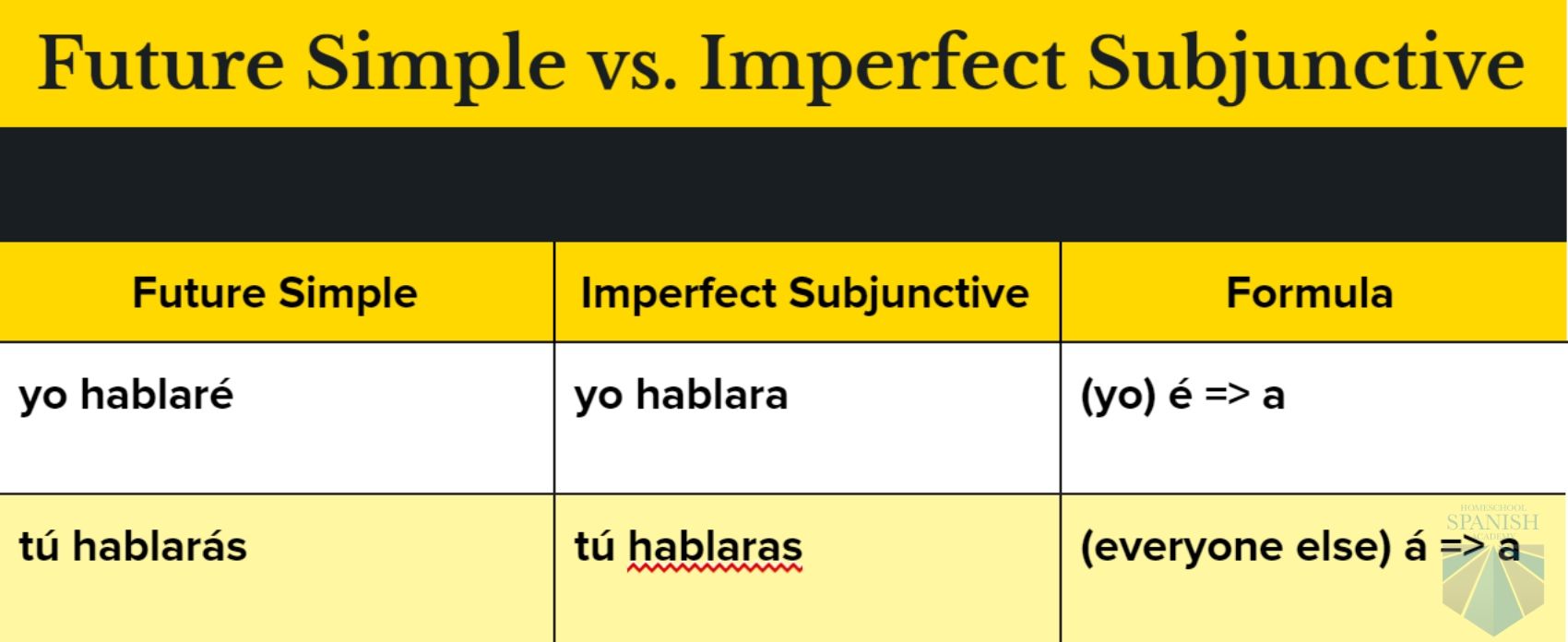

Instead of spelling it, my friends would just enunciate the word again: sim-pá-ti-co.I guess there’s a reason Spelling Bees aren’t a big thing in Spanish. I remember learning Spanish in Peru and being very frustrated when I would ask for the spelling of a word.

Consider that the sound /sh/ can be represented by all of the following: sh, ce, s, ci, si, ch, sci, and ti. Writing and reading is difficult in English, even for native speakers. “Th” and new vowels sounds are particularly difficult. While the English speaker will need to learn “rr” and nuances like “b” and “v,” Spanish speakers have a longer list. So it’s generally harderfor a Spanish speaker to pronounce English well. Spanish has 25 phonemes it’s generally agreed that English has 44 phonemes. English, on the other hand, is VERY hard to read, pronounce, and write. We maintain French rules, for example, when we say She-vro-lay.īasically, Spanish is a lovely and perfectly phonetic language. (Though I wonder if this will change with the advent of social media– “selfie,” anyone?) English, on the other is a mish-mash of Anglo-French and Germanic influences, and evolved significantly from Old English into Modern English.

Historically, Spanish takes foreign words and applies Spanish rules: people here say Goo-glayand Che-vro-let. I think the more relevant numbers are how many high-frequency words a native speaker depends on in a day, and I couldn’t track that info down. How useful are these numbers? I’m not sure. “…a 300-word document in English will typically be 350 or 400 words in Spanish.’ – Transfluent


 0 kommentar(er)
0 kommentar(er)
